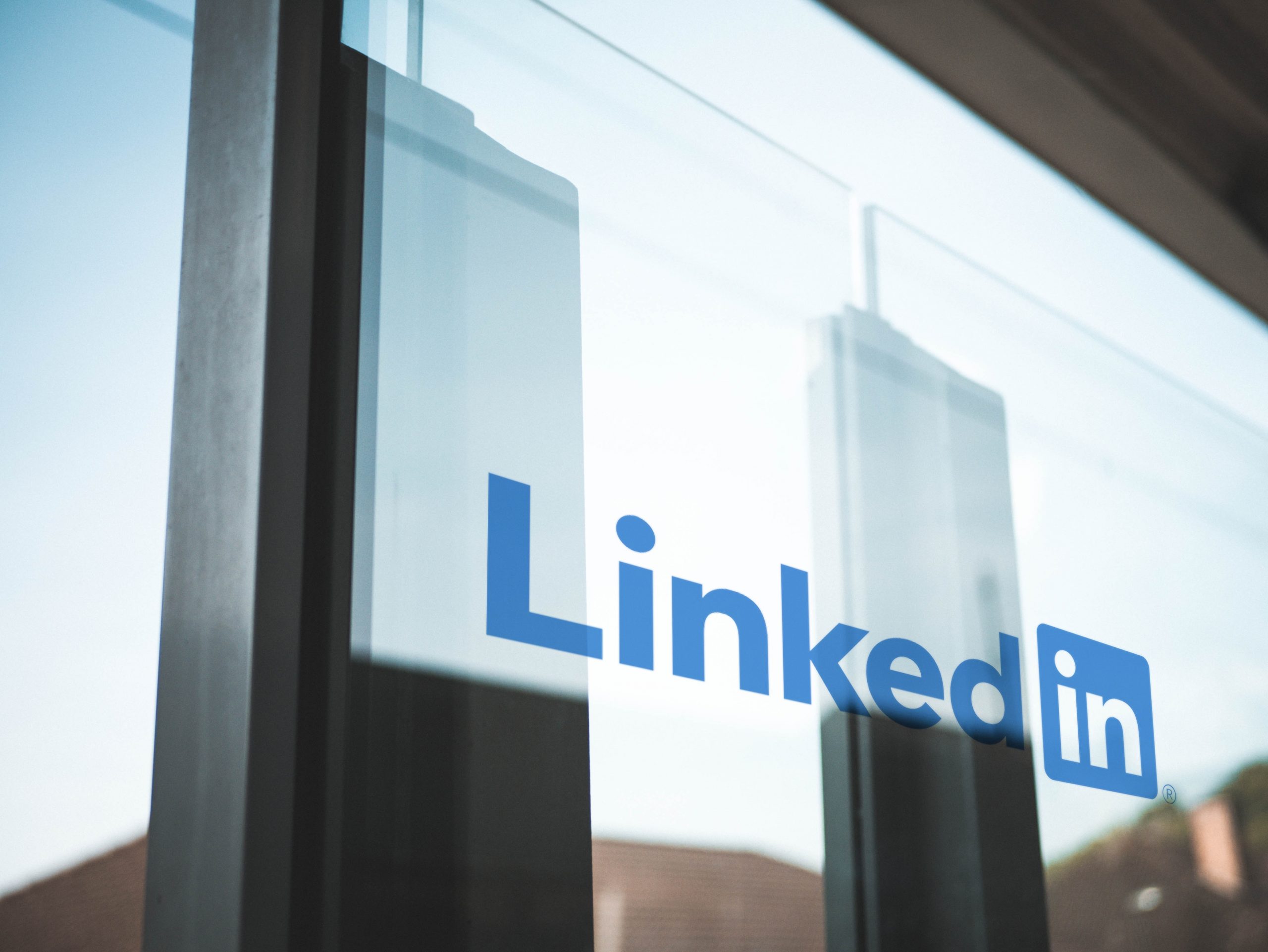While many people know that LinkedIn is a social media platform that is designed for professionals to showcase their companies, search for jobs, and make industry connections, they might not be aware that LinkedIn has ads just like Facebook or Google or that it is the #1 platform for lead generation.
Marketing expert Neil Patel suggests businesses should ask themselves this one question to determine whether or not they should advertise on LinkedIn: “Would a professional, in a day-job mindset, likely be interested in my product, service, or offer?” If the answer is yes, or if the company provides business-to-business transactions, running ads on LinkedIn can be a valuable way to grow a company’s audience.
This article contains a basic overview on LinkedIn ads and how they can be beneficial for your business.
Types of LinkedIn Ads
There are four types of LinkedIn ads:
Sponsored Content
These ads are native ads that appear in the LinkedIn feed as single images, videos, or carousels with the word “Sponsored” underneath the company’s name. Sponsored content includes Lead Gen Forms which capture leads straight from the news feed. The form will pull profile information from the user and allow him or her to submit the form with one click.
Sponsored Messaging
These are messages that appear in an individual’s inbox and are essentially paid private messaging. These ads are more personalized than those on the news feed and come in two types: message ads and conversation ads. Message ads are direct messages that come across like an email while conversation ads have a choose-your-path experience. For example, a sponsored message might offer a user to register for an upcoming conference, and two buttons might appear underneath the message, a “Learn More” button and “Register Now” button.
Text Ads
These simple Pay Per Click (PPC) or Cost Per Click (CPC) ads allow businesses to easily create their own ads, choose an audience to reach, stick within a budget, and only pay for the ads that work. The ads appear in the right rail and top banner on the desktop and include a headline, short description, and image.
Dynamic Ads
Dynamics Ads appear in the same location as the Text Ads, but they are more personalized for the user. These ads have a call-to-action statement, the user’s profile photo, the user’s name, and a button. These ads are designed to capture the user’s attention, build brand awareness, drive conversions, and generate leads.
LinkedIn Campaign Manager
The Campaign Manager is LinkedIn’s ad management tool where businesses can create campaigns with specific goals and track the status of each campaign. Campaigns include the following:
- Basic Information: This includes the business line/product, title, type, region, campaign ID, and date range.
- Objective: What the campaign hopes to do.
- Target Audience: Businesses can target location, language, demographics, education, job experiences, interests, and industry.
- Ad Format: As stated above, these types include Single Image Ad, Video Ad, Carousel Image Ad, Message Ad, Text Ad, or Dynamic Ad.
- LinkedIn Audience Network: This feature allows businesses to share sponsored content on thousands of partner apps and websites, allowing individuals outside of LinkedIn to see the ads.
- Budget: Businesses can choose a total or daily budget as well as a cost-per-click or cost-per-impression bid type.
- Schedule: This encompasses when the ad will run.
- Conversions: This feature allows businesses to track actions after viewing the LinkedIn ad.
Tips for Successful LinkedIn Ads
Once a business becomes familiar with how ads work on LinkedIn, they can experiment with ads to see what yields the most return. Here are some tips for running successful campaigns:
Choosing the Right Audience
One of the most important aspects of LinkedIn ads is choosing the right audience. Luckily this platform excels at allowing businesses to choose specific parameters for advertising. LinkedIn recommends using job function versus job title to gain more reach and a higher click-through-rate (CTR). Examples include Geography/Industry/Seniority (US/Hospitality/Manager); Geography/Specific Skills (Britain/PPC); or Geography/LinkedIn Group (AUS/Human Resources).
Businesses should aim to specify attributes that align with their ideal customers but make sure their ads aren’t too narrow. Additionally, retargeted ads that are shown to the user multiple times are also extremely effective with conversions and click-through-rates.
Keep Content Clear and Concise
Ads have a limited timeframe to capture users’ attention and cause them to take action. Businesses should strive for ads with text that gets straight to the point and high-quality images. The goal is to stop a user’s scroll and cause them to click on the ad’s link, leading them either to a blog post, website, or lead form.
Use Statistics
Paired with a vibrant image, statistics are an effective method to stop users in their tracks and get them thinking about the statistic and how it relates to the user. Mailchimp provided the following statistic on a post: “40% of entrepreneurs took more than a year to go from idea to action.” That’s only slightly less than half of all entrepreneurs! With such a jarring statistic, users are more likely to interact with the post or follow a link. Similarly, LinkedIn posted two updates, one with a statistic and one without, and found that the update with a statistic had a 37% higher click-through-rate and 162% more impressions.
Riser Media Group
LinkedIn is a valuable marketing asset for businesses, yet it can be daunting for those who are more familiar with Facebook or Instagram. Trust the experts at Riser Media Group to create effective LinkedIn campaigns that will help your business RISE above the competition!
